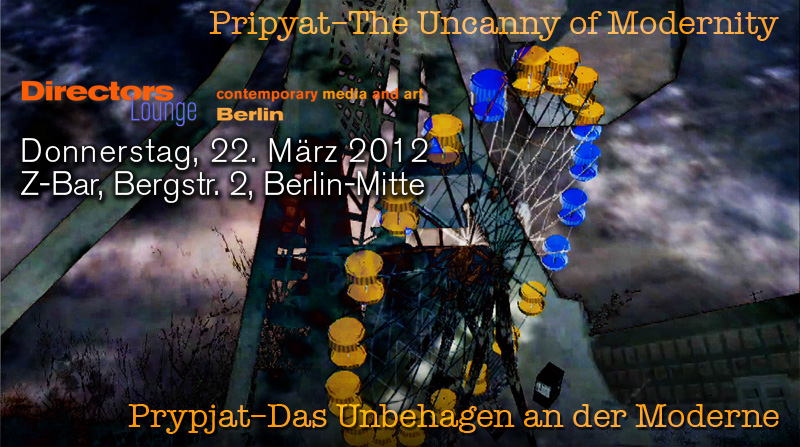
 |
|
|
pripyat — the uncanny of modernityThursday, 22 March 2012 pripyat — the uncanny of modernityOne year after the Fukushima disaster and 26 years after the explosion of the Chernobyl reactor, the discussion on civil nuclear energy has again reached the "normality" of planning for new power plants. Over the same time, Pripyat the destroyed young Sowjet city, now situated in Ukraine, has gained an eerie attraction. Firstly presented in Freiburg DE, the collected films allow a discussion of the human imagination triggered by nuclear energy and nuclear disasters beyond excited press news. Presented by Klaus W. Eisenlohr. The film program comprises films representing visions of the abandoned city of Pripyat by artists and documentary filmmakers, and imaginations of futures under the influence of "peaceful nuclear energy".
press links: |
playlist: |
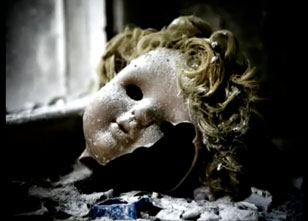
Hanne Adam + Thierry Buysse, Chernobyl & Pripyat with experimental music, 2009, 10:33 min, DE/BE |
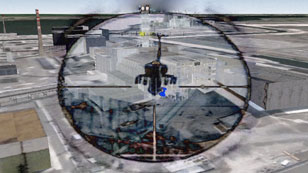
Klaus W. Eisenlohr, Phantasma Pripyat, 2011, 12:36 min, DE |

Gair Dunlop, Atom Town: Life After Technology, 2011, 22:07, UK |
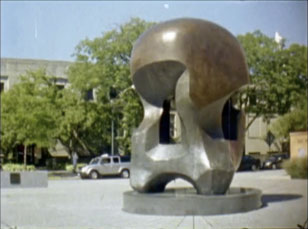
Andrea Slavik, Nuclear Energy, 2011, 06:47, US |
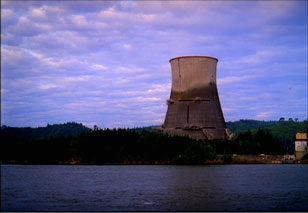
Vanessa Renwick, Portrait #2: Trojan, 2006, 05:14, US |
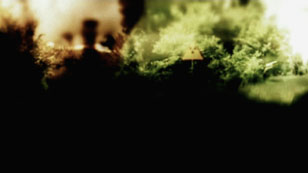
Anders Weberg, Peaceful Atom, 2009, 02:19, SWE |
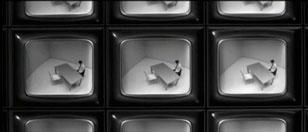
Sarah Breen Lovett, Immaterial Meshup, 2008, 03:40, AUS |
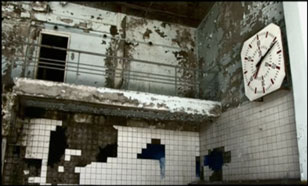
Nicky Larkin, Pripyat, 2007, 16:00, NE |
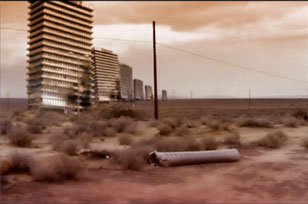
Julio Soto, Invisible Cities, 2003, 06:17, ESP |
© video stills by individual artists |
|
|
prypjat — das unbehagen in der moderneDonnerstag, 22. März 2012 pripyat — the uncanny of modernity — das unbehagen in der moderneEin Jahr nach der Fukushima Katastrophe in Japan und 26 Jahre nach dem Tschernobyl Super-Gau ist die Diskussion um zivile Nutzung von Atomkraft schon wieder in der Normalität neuer Bauprojekte angelangt. Zugleich hat Pripyat, die zerstörte junge Sowjetstadt, heute in der Ukraine gelegen, eine eigenartige Anziehungskraft gewonnen. Zuerst in Freiburg präsentiert, zeigen die vorgestellten Filme eine Auseinandersetzung mit dem Thema atomare Visionen außerhalb aufgeregter Presseaktualität und ermöglichen vielleicht eine kritische Reflexion auch dessen, was frühere Katastrophen und Visionen für uns heute bedeuten.
Das von Klaus W. Eisenlohr zusammengestellte Programm bringt neuere und neueste Filme von Künstlern und Dokumentaristen, die Prypjat besuchten, zusammen mit künstlerischen Visionen von “Atomstädten" auf die Leinwand.
press links: |
|
|
||
 |